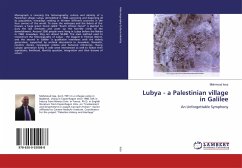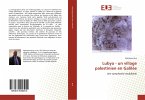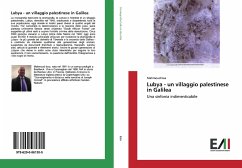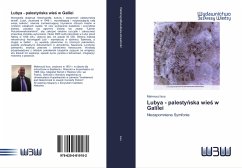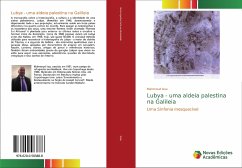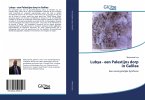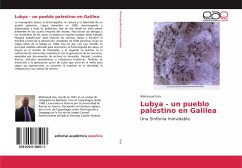Monograph is covering the historiography, culture and identity of a Palestinian village, Lubya, demolished in 1948, uprooting and dispersing all its population; nowadays residing in thirteen different countries in the four corners of the world. To erase the witnesses and the debris of the houses, a huge green forest called "South African Forest" is planted to bury the last remnants and cover up the horrible crime of the demolishment. Around 3500 people were living in Lubya before the Nakba in 1948; nowadays, they are almost 50.000. The main method used to reconstruct the historiography of Lubya - the biggest in Tiberias district, and the second in Galilee- is qualitative interviews with the elderly generation, supported by archival documents in Jerusalem, Nazareth, London; diaries, newspaper articles and historical references. Young Lubyan generation living in exile were interviewed as well to follow their aspirations, livelihood, identity question, integration and their dreams of return.

